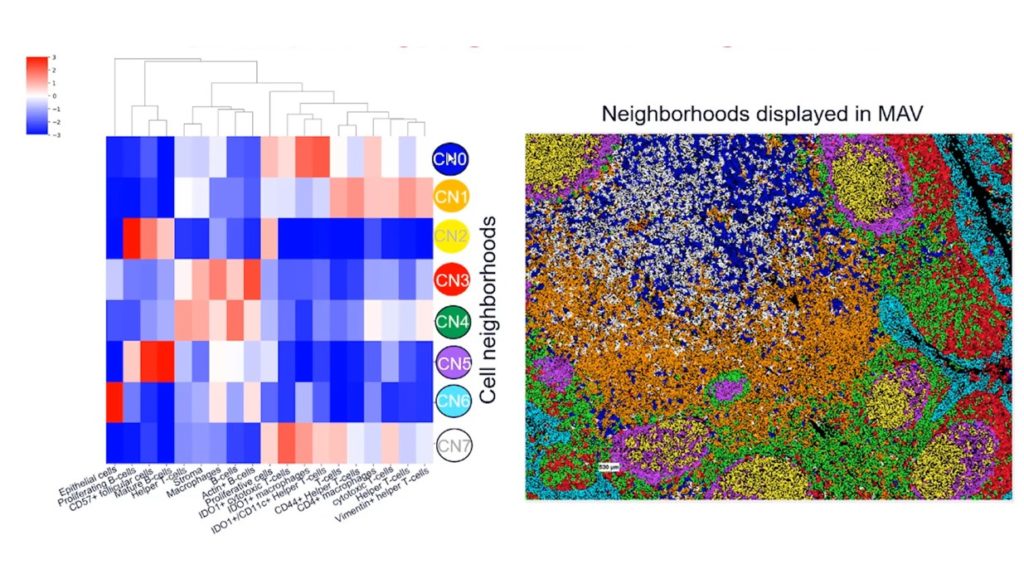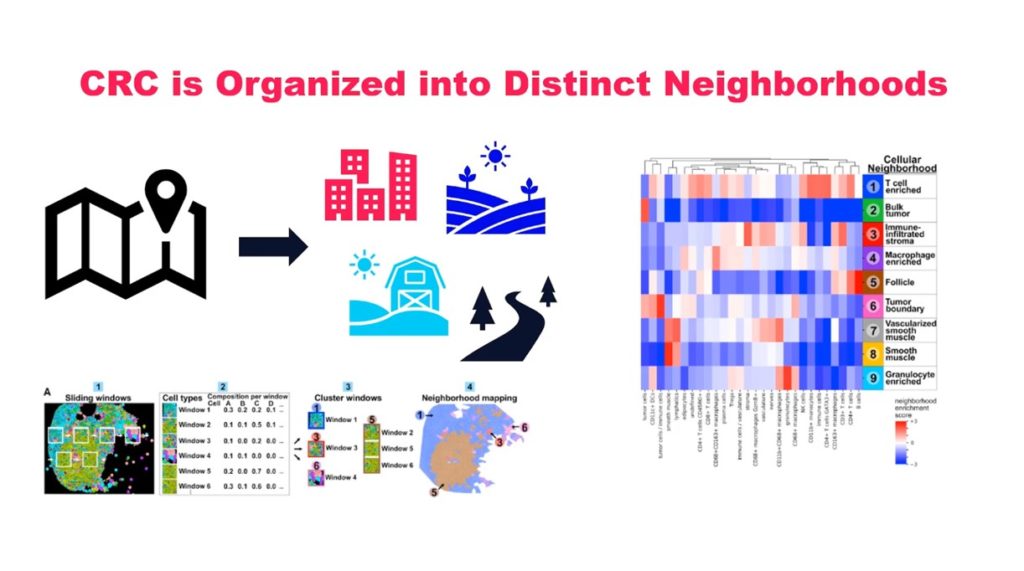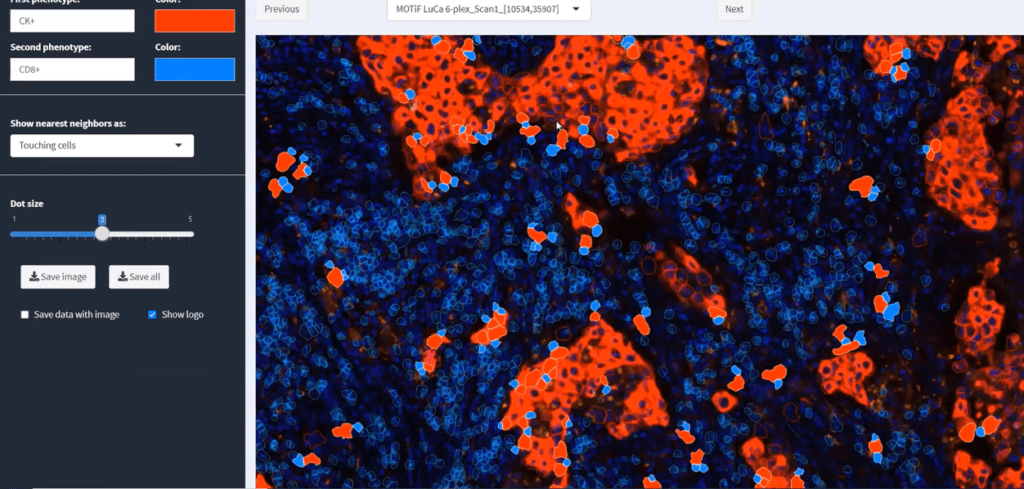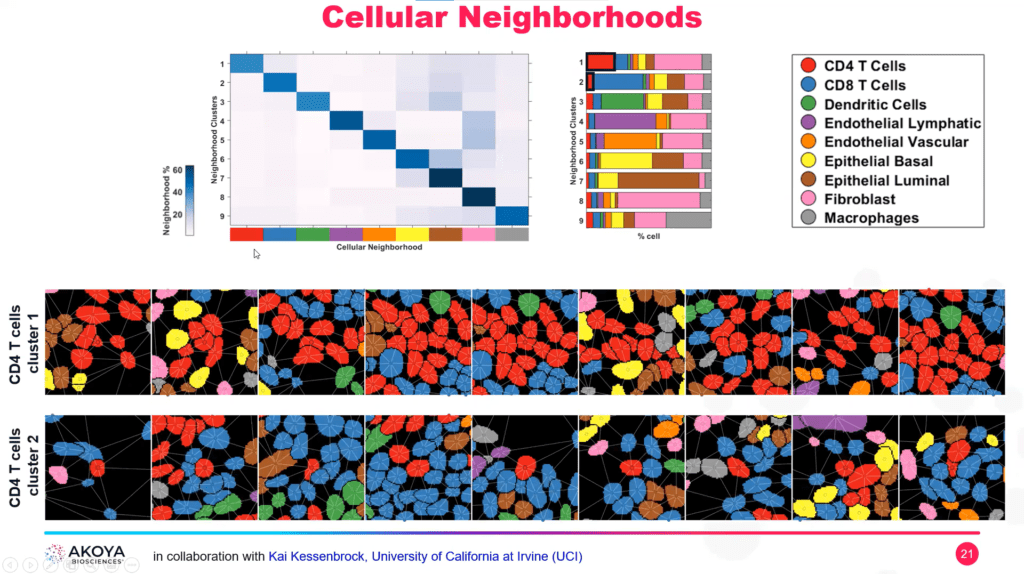Spatial Biomarkers in Immuno-Oncology: Recent Developments and Future Directions
Home Resources Webinars Spatial Biomarkers in Immuno-Oncology: Recent Developments and Future Directions Webinar Series: October 6-27, 2021 Recent developments in the study of spatial biomarkers continue to demonstrate the predictive power of this new class of biomarker assays. Watch this four-part webinar series to learn how researchers are pioneering new strategies representing significant milestones that advance spatial […]
Spatial Biomarkers in Immuno-Oncology: Recent Developments and Future Directions Read More »












